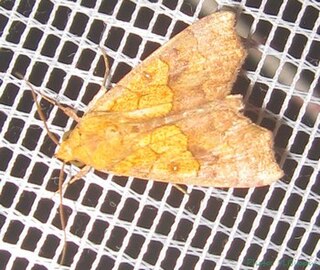
Anomis is a genus of moths in the family Erebidae.

Antiblemma is a genus of moths of the family Noctuidae.
Chusaris is a genus of moths of the family Erebidae. It was erected by Francis Walker in 1859.
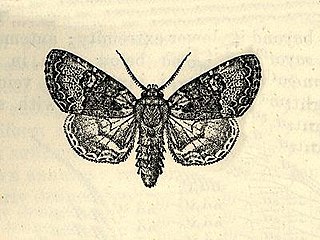
Cropia is a genus of moths of the family Noctuidae. The genus was erected by Francis Walker in 1858.

Feliniopsis is a genus of moths of the family Noctuidae.

Lesmone is a genus of moths in the family Erebidae. The genus was erected by Jacob Hübner in 1818.
Massala is a genus of moths in the family Erebidae. The genus was erected by Francis Walker in 1865.

Melipotis is a genus of moths in the family Erebidae first described by Jacob Hübner in 1818.
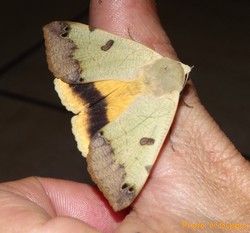
Ophiusa is a genus of moths in the family Erebidae erected by Ferdinand Ochsenheimer in 1816.
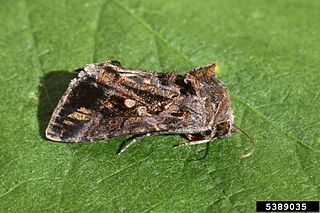
Chrysodeixis includens, the soybean looper, is a moth of the family Noctuidae. It is known as falso medidor in north-eastern Mexico. It is found from southern Quebec and southern Ontario through the eastern and southern part of the United States to Central America and South America, the Antilles and the Galápagos Islands. It is known to be migratory. The species was first described by Francis Walker in 1858.

Pholodes is a genus of moths in the family Geometridae. It was described by David Stephen Fletcher in 1979, though several species were previously known. Its junior homonym is the anagrammatic Lophodes.
Bulia confirmans is a moth of the family Erebidae. It is found in Cuba, Jamaica, Haiti, the Dominican Republic, Puerto Rico, Grenada, northern Venezuela and Colombia.
Isogona scindens is a species of moth of the family Erebidae first described by Francis Walker in 1858. It is found from the southern parts of the United States to Paraguay and on Saint Kitts, Antigua, Grenada, Jamaica, Cuba, Hispaniola and Saint Croix.
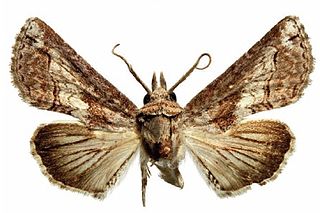
Euteliidae is a family of moths in the superfamily Noctuoidea. The family was erected by Augustus Radcliffe Grote in 1882.

Cropia subapicalis is a moth of the family Noctuidae first described by Francis Walker in 1858. It is found on Hispaniola and Jamaica.
Eulepidotis addens is a moth of the family Erebidae first described by Francis Walker in 1858. It is found in Saint Kitts, Montserrat, Dominica, Saint Lucia, Saint Vincent, Jamaica, Hispaniola, Puerto Rico, Mexico, Guatemala, Venezuela and Brazil. It was reported from Texas by Ed Knudson and Charles Bordelon in 2004.
Eulepidotis perducens is a moth of the family Erebidae first described by Francis Walker in 1858. It is found in the Neotropics, including Jamaica and Guyana.
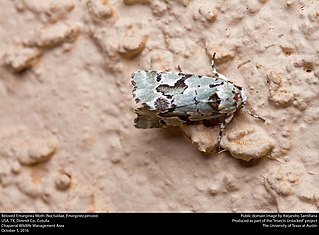
Psaphidini is a tribe of owlet moths in the family Noctuidae. There are at least 40 genera and at least 90 described species in Psaphidini.
Cropia connecta is a species of moth in the family Noctuidae. It is found in North America.












